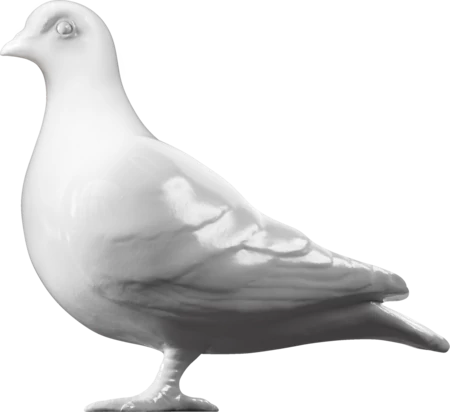Social History — C. 1820
A New Map of the World
Dissected maps were the precursors of the modern jigsaw puzzle. They were probably invented by the London printseller John Spilsbury, who marketed them as educational puzzles to teach children geography. In the late 18th century a number of City book and print publishers began to diversify into producing maps, table games and puzzles. This puzzle was made and sold by Edward Wallis, son of John Wallis who was an early publisher of children's books and games. After his father's death in 1818, Edward continued the family business in the City and later expanded to open a second shop in Islington.
Dissected puzzles like this one were prints mounted onto wood and then hand cut into interlocking pieces. The map is a coloured engraving showing the earth divided into two hemispheres. On the box label there are four figures representing the four continents of the world. Europe is symbolically personified by the figure of Britannia. Africa is represented by a submissive kneeling figure and an ivory tusk, an illustration of contemporary colonial attitudes. Wallis may have been sympathetic to the plight of enslaved Africans however. Another one of his puzzles from this period, The Progress of Coffee, features the comment 'Pray remember the poor despised and oppressed "Negro" slaves'. In his career Wallis produced a wide range of jigsaw puzzles for the purposes of educating children through play.
- Category:
- Social History
- Object ID:
- 62.122
- Object name:
- A New Map of the World
- Object type:
- Artist/Maker:
- Wallis, Edward
- Related people:
- Related events:
- Related places:
42 Skinner Street, Snow Hill, City of London, London [City of London], City of London
- Production date:
- c. 1820
- Material:
wood, paper
- Measurements/duration:
- H 58 mm, W 161 mm, D 215 mm (box), H 251 mm, W 420 mm (jigsaw)
- Part of:
- —
- On display:
- —
- Record quality:
- 100%
- Part of this object:
- —
- Owner Status & Credit:
Permanent collection
- Copyright holder:
digital image © London Museum
- Image credit:
- —
- Creative commons usage:
- —
- License this image:
To license this image for commercial use, please contact the London Museum Picture Library.
